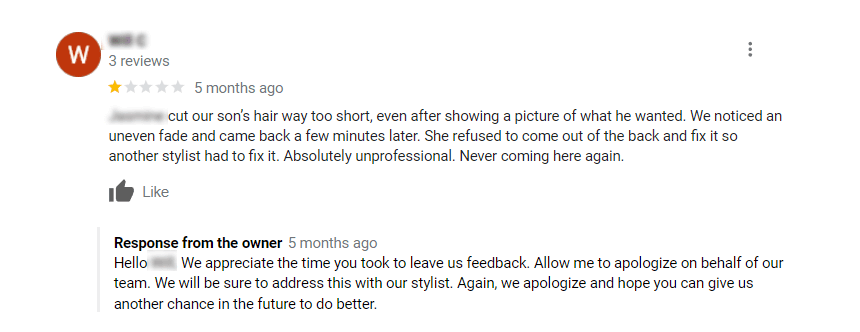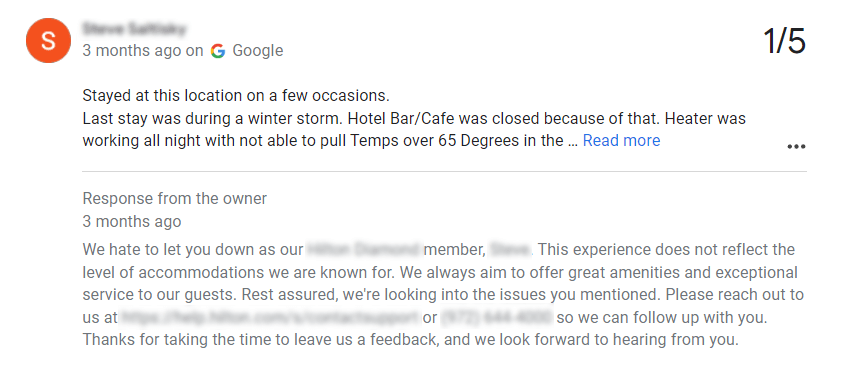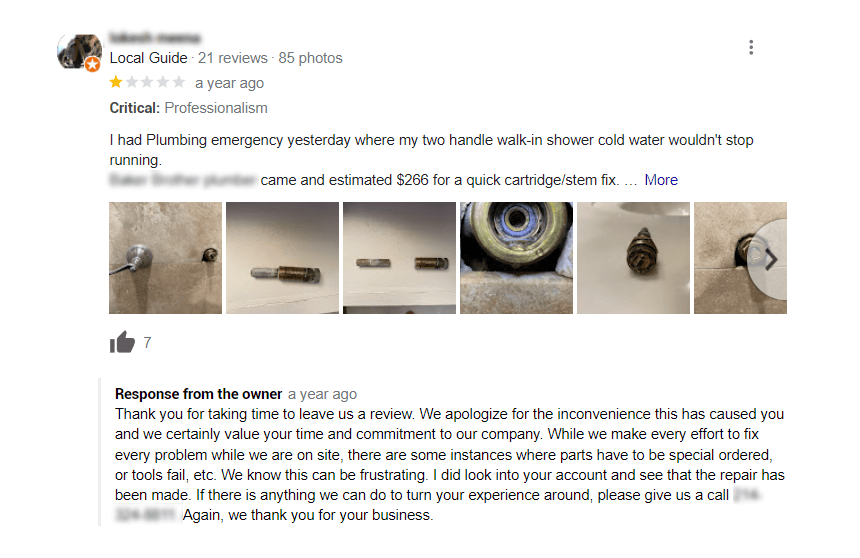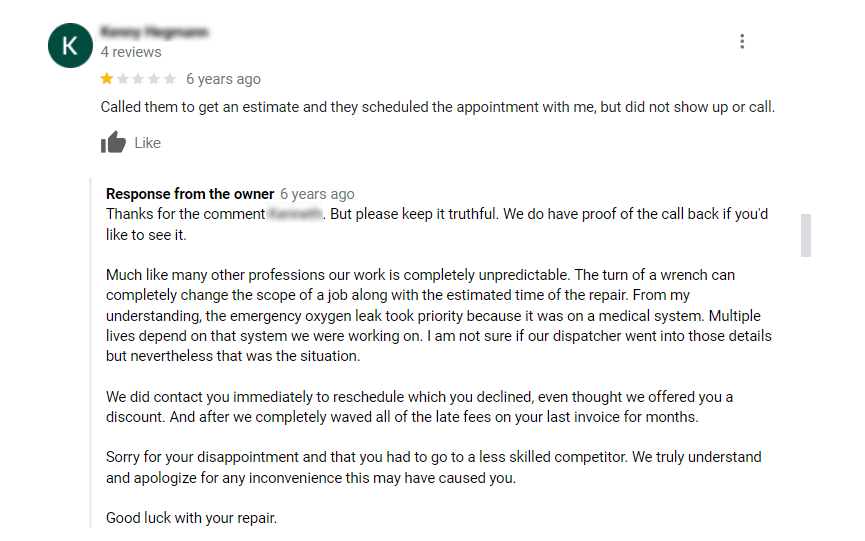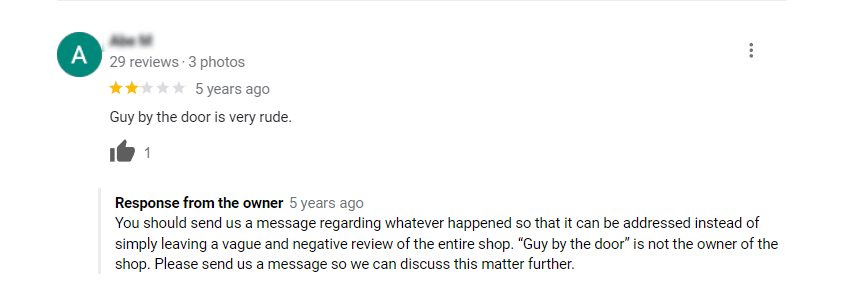The Importance of Facebook Ad Account and Page Access Management
Effectively managing access to your Facebook ad account and business page is vital for businesses looking to enhance their online presence. Whether you’re collaborating with agencies, social media managers, or team members, setting up and controlling access ensures smoother workflows, protects account security, and allows the right people to manage ad campaigns. With Facebook’s Business Portfolios, businesses can grant controlled access without sharing passwords, keeping permissions both secure and specific to each role. This guide walks you through the steps to give or request access safely.
Why You Might Need Facebook Ad Account and Page Access
For many businesses, sharing access to Facebook ad accounts and business pages is essential for efficient and secure management. When working with agencies, managing multiple social media channels, or involving team members in digital marketing, giving access can streamline operations and ensure campaigns run smoothly. By granting specific roles, such as Admin or Advertiser, Facebook’s Business Portfolios allows businesses to delegate responsibilities without compromising security. This setup is especially useful for project-based management, where tasks like ad creation, content scheduling, and analytics review can be shared without exposing sensitive account information.
How to Give Access to Your Facebook Ad Account and Page
- Open Meta Business Suite
Go to Meta Business Suite on your desktop and ensure you are viewing the correct business page.
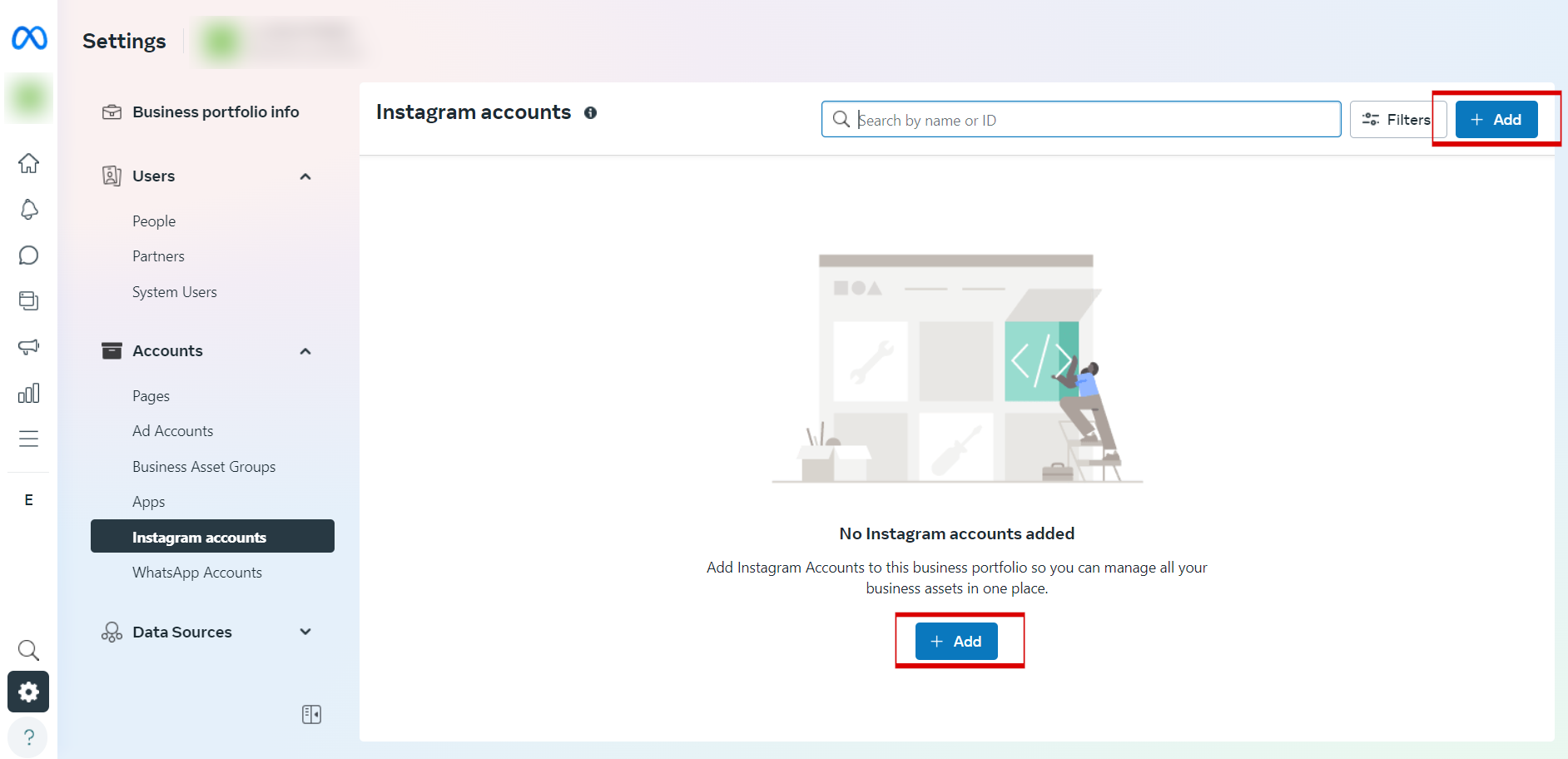
- Access Business Settings
From the sidebar, click on Settings and then select Business Assets. This section is where you manage account permissions for your business’s Facebook pages and ad accounts.
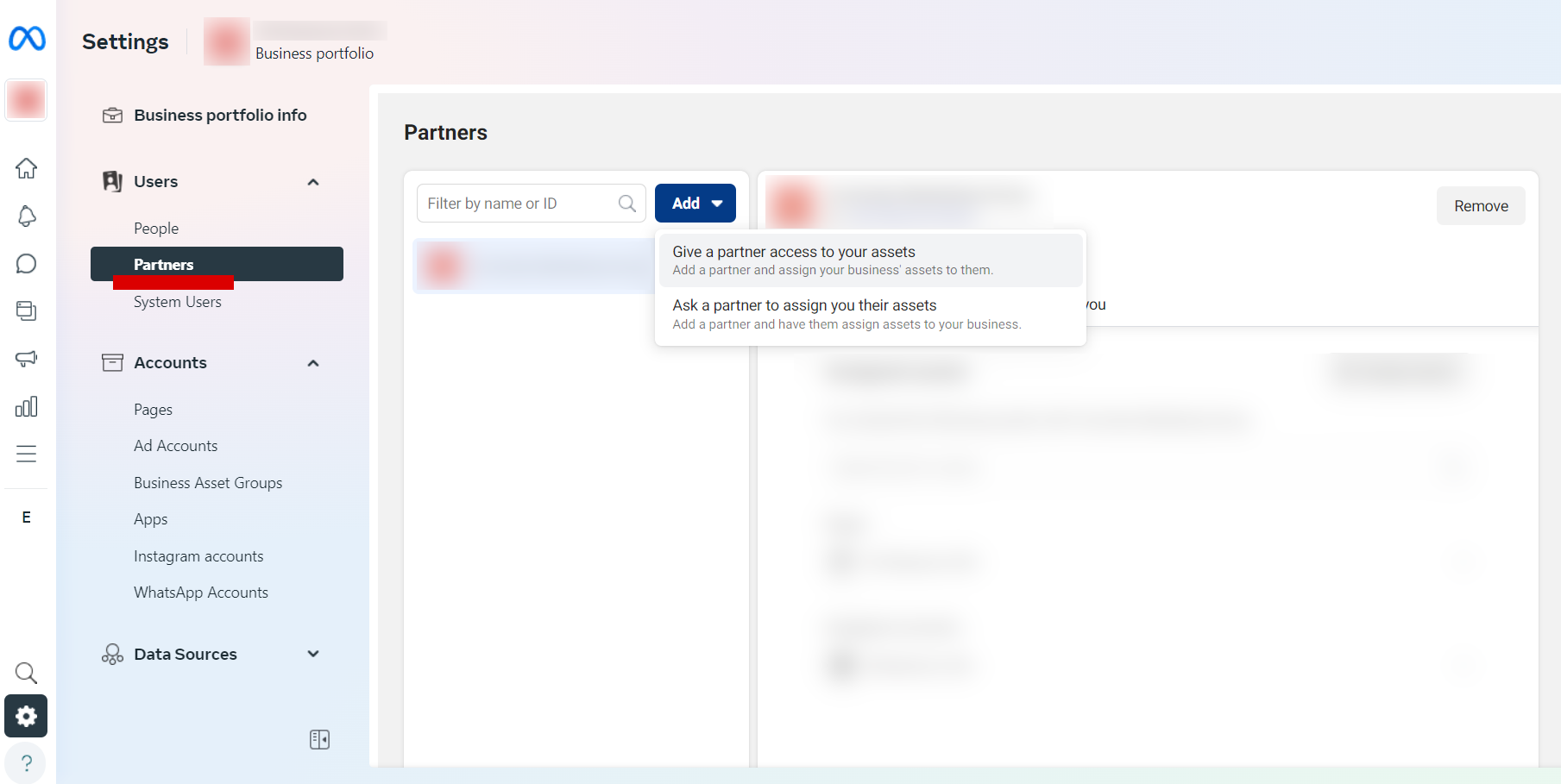
- Add Users to Your Ad Account and Page
Click Add Assets and choose the type of asset (e.g., Facebook Page and/or Ad Account). Enter the user’s email associated with their Meta account.
- Assign Roles and Permissions
When adding a user, you’ll have the option to select their role:- Admin – Full control, including account management and user permissions.
- Advertiser – Can create, edit, and manage ads but lacks admin permissions.
- Analyst – View-only access for ad performance and analytics.
- Choose the appropriate role based on the level of access they need.
- Confirm and Send Invite
Review the permissions and send an invite. The user will need to accept the invite to gain access to the account.
How to Request Access to a Facebook Ad Account and Page
If you’re an agency, manager, or team member needing access to a Facebook ad account or business page, follow these steps to request access professionally:
- Contact the Account or Page Owner
Start by reaching out to the owner directly, explaining the tasks you’ll be managing and the permissions you need. Clear communication helps ensure they understand why access is necessary and which role (e.g., Admin, Advertiser, Analyst) suits your responsibilities. - Request Access Through Meta Business Portfolios
Ask the owner to go to Meta Business Suite, select Settings, then Business Assets. They can then select the ad account or business page and use the Add People function to send an invitation to your Meta account email. - Verify Your Role and Permissions
Once invited, confirm that the correct permissions are assigned, as different roles offer varied levels of access to tools like ad creation, performance analysis, and audience insights. - Accept the Access Invitation
You’ll receive a notification or email to accept the invitation. Once you accept, you can access the ad account or business page in Meta Business Suite with the assigned permissions.
Following these steps ensures a secure, streamlined process for requesting and managing access to a Facebook ad account or page, allowing you to focus on effectively managing your tasks.
Best Practices for Account Security
When managing access to your Facebook ad account and business page, it’s essential to prioritize security to protect your business information. Here are some best practices:
- Enable Two-Factor Authentication
Adding two-factor authentication to your Meta account provides an extra layer of security. This requires a verification code during login, reducing the risk of unauthorized access. - Regularly Review User Access
Periodically check the list of users who have access to your ad account and page. Remove access for users who no longer need it, especially if their role was project-specific or temporary. - Limit Access to Essential Users Only
Only grant access to those who actively need it for daily operations. By limiting permissions, you reduce exposure to potential security risks. - Use Strong, Unique Passwords
Ensure your Meta account password is strong and unique, and avoid reusing passwords across platforms. This helps protect your business accounts from password-related vulnerabilities.
Following these steps can help maintain the security of your Facebook ad account and business page, ensuring your business information remains protected.
Troubleshooting Common Access Issues
Managing access to a Facebook ad account or business page isn’t always straightforward, and you may encounter issues along the way. Here are some common problems and solutions:
- Incorrect Roles Assigned
If a user can’t perform certain tasks, check their assigned role in Meta Business Portfolios. Ensure the role matches their responsibilities (e.g., Advertiser for ad management or Analyst for viewing insights) and adjust as necessary. - Failed Access Requests
Sometimes, access requests may not go through due to a technical glitch or an outdated Meta account. Try resending the invitation, double-checking the email, or clearing your browser cache. If the problem persists, reaching out to Facebook support may help resolve it. - Linking Errors Between Accounts
Linking your Facebook and Instagram accounts or connecting assets within Meta Business Portfolios can sometimes fail. Make sure each account is set up correctly and that you have the necessary permissions to link them. Logging out and logging back in may also resolve these issues. - Access Not Visible After Acceptance
If access doesn’t appear in Meta Business Suite after accepting an invitation, refresh the platform or try accessing it on a different device. Sometimes permissions take a few minutes to update.
If you encounter ongoing issues, don’t hesitate to reach out to Facebook’s support team for further assistance. Addressing these common obstacles can help ensure smooth access and management for your Facebook ad account and page.
Securing Access to Your Facebook Ad Account and Page
Effectively managing access to your Facebook ad account and business page is essential for protecting your business and ensuring smooth collaboration. By using Meta Business Portfolios, you can safely share permissions with team members, agencies, or collaborators without compromising your account’s security. Following best practices, like regularly reviewing user access and enabling two-factor authentication, helps safeguard your account and keeps it accessible only to those who need it.If you need expert guidance on managing Facebook ad accounts, creating campaigns, or optimizing social media strategies, our marketing agency is here to help. We specialize in secure, results-driven advertising solutions that make the most of your social media presence. Reach out today to elevate your digital marketing efforts with confidence and peace of mind.


